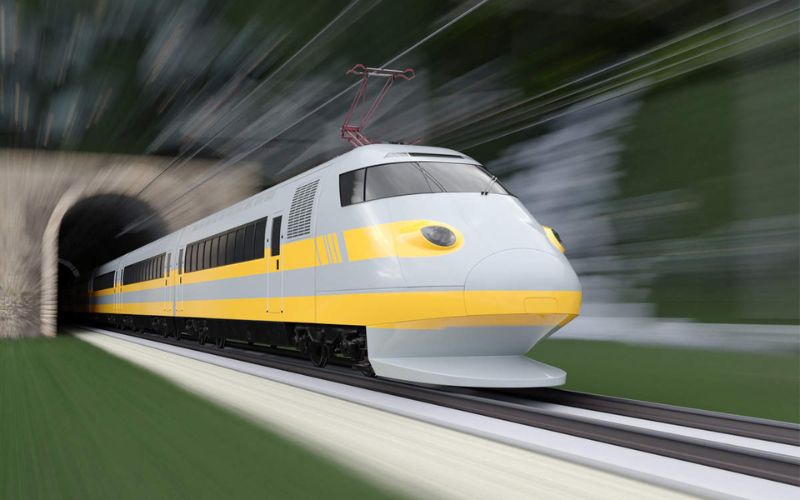
China Railway Qinghai-Tibet Group announced that the high-speed Fuxing bullet train is scheduled to commence operations on the Qinghai-Tibet Railway line next month. The completion of the basic renovation of the Xining-Golmud section marks a significant milestone for the project, with the construction work receiving approval last week.
Ma Yinjun, the deputy general manager of China Railway Qinghai-Tibet Group, stated that the project has now entered the "static acceptance stage," wherein the station house and other facilities will be handed over, paving the way for the subsequent "dynamic acceptance stage," which involves test runs of the Fuxing bullet train on the line.
According to the report, the railway company started renovating a 760-kilometer-long stretch of the 814 km Xining-Golmud section in June 2021 with an estimated investment of 1.5 billion yuan ($209 million). Given the progress of the project, the Fuxing bullet is expected to start operating on the section in July, the company said, adding that the high-speed train, which can reach a top speed of 160 kilometers per hour on this line, will reduce the travel time between Xining and Golmud by roughly an hour.
However, The fast-paced growth of infrastructure in Tibet is "dual -use" in nature: they serve both civil and military purposes as far as PRC is concerned. China is building dual use infrastructure in Tibet to enable the rapid deployment of its forces at strategic locations in any eventuality but at the same time fulfill CCP's strategy of cultural assimilation of Tibet.
China claims that since the 1990’s, the government of the Communist Party of China (CPC) has made “an unprecedented scale of investment in infrastructure build-up in Tibet, specifically in the areas of connectivity such as railways, roads and airports”. Investments were also made in Tibet to build hydro-power energy, for urbanization, mining, tourism, military and government infrastructure. These massive investments in infrastructure build-up are in fact, Chinese strategy to strengthen its control over the region which it unlawfully invaded and occupied.
According to Tibet Policy Institute, China hopes that through this strategy, accompanied by an iron fist rule over Tibet crushing all expressions of dissent, they will ultimately subdue and disintegrate the resistance of the Tibetans within and outside of Tibet. Cities in Tibet like Lhasa, due to the influx of Chinese migrant workers along with the rapid urbanisation are seeing a growing trend of intermarriage between Tibetans and Chinese.
Edited and collated by Team TRC